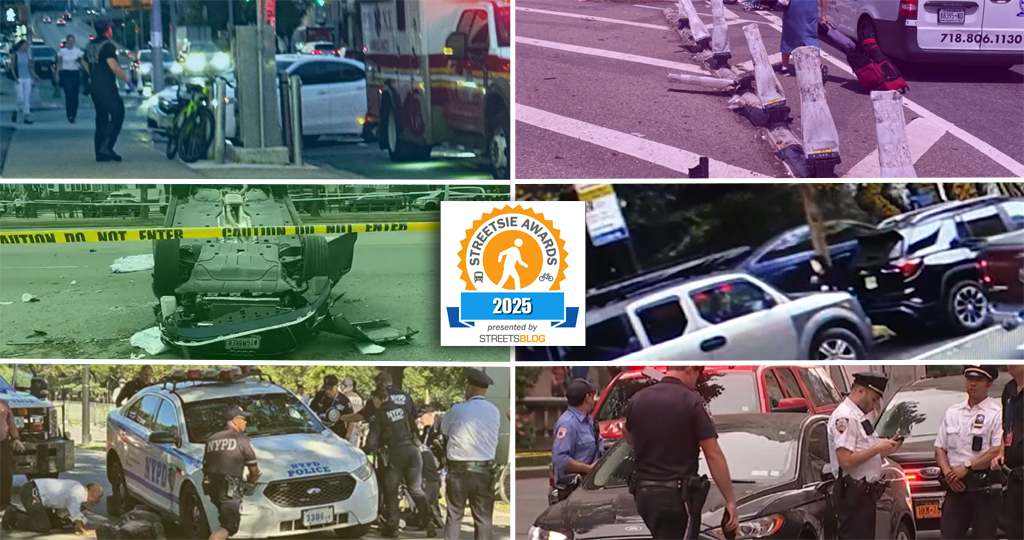The White House released its 2017 budget [PDF] this morning, which includes more detail about the exciting but politically doomed transportation proposal President Obama outlined last week. Obama's plan doesn't have a chance in the current Congress, but it shows what national transportation policy centered on reducing greenhouse gas emissions might look like.

Last week's release sketched out a $10 per barrel tax on oil to fund a $30 billion increase in annual transportation spending. The budget gives us a closer look at what that $30 billion would fund.
In total, $20 billion of it would go toward programs to reduce GHG emissions and give people better options to get around without driving. Here are the details -- keep in mind that with the GOP firmly in control of Congress, this is more of an aspirational document than a politically feasible spending plan.
Transit
The budget calls for a $8 billion increase in annual capital funds for transit, bringing the total to about $20 billion. Of that, about $16 billion would be divvied up to metro regions by formula to support maintenance and expansion projects, about 60 percent. Another $3.5 billion would boost competitive grant programs for expansion projects. The budget recommends funding in FY 2017 for Los Angeles's Westside Subway, Southwest Light Rail in Minneapolis, Albuquerque Bus Rapid Transit, and Honolulu commuter rail, among other projects.
Highways, Streets, and Land Use
Past Obama budgets have called for large percentage increases for both highways and transit. This one includes more "highway" spending -- $7.5 billion annually -- but that would mainly go toward programs aimed at reducing greenhouse gas emissions. A $5.5 billion program called "21st Century Regions," for instance, would bypass state DOTs, which are notorious for wasting funding on highway boondoggles, and instead fund regional planning agencies to build multi-modal projects and coordinate transportation and land use.
Intercity Rail
Obama proposes a 268 percent increase in rail funding, devoting about $6 billion a year to the nation's intercity rail system. About $3.7 billion of that would be dedicated to system upgrades like fixing major bottlenecks. The proposal would also include $700 million for the Northeast Corridor, the most heavily-traveled route in the nation.
Freight
Obama calls for $1 billion a year for a new "multi-modal freight" program.
What It Means
With this budget proposal, Obama is laying out a long-term vision. Whatever he put out would have gotten shot down by Congressional Republicans, so why not aim high? The whole budget is loaded with political moon shots like increasing the minimum wage and tripling the child care credit for working families.
However, as a statement of goals and principles, Obama's budget has value. The ideas will go nowhere this session, but they could gain momentum at some point in the future.
America doesn't have much of a national transportation policy besides distributing money by formula to states and transit agencies. The Obama proposal would establish some unambiguous goals, like responding to the threat of climate change.
Too little, too late? For this presidency, sure. But a future president could pick up these ideas and run with them.





